Family Ripogonaceae Rank Species | ||
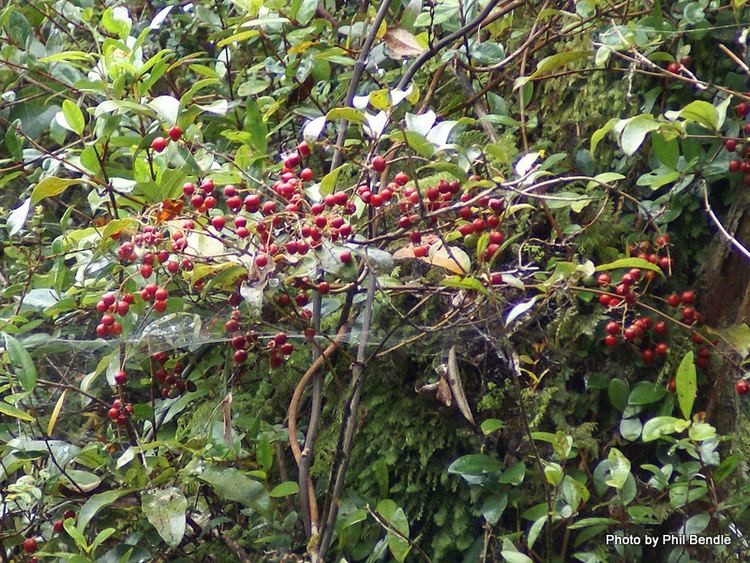 | ||
Similar Ripogonum, Rubus cissoides, Beilschmiedia tawa, Hedycarya arborea, Rubus australis | ||
Ripogonum scandens, (commonly known as supplejack, Māori: kareao, pirita, translated as "twisted rope") is a common rainforest vine native to New Zealand. It can also grow in areas of swamp.
Contents
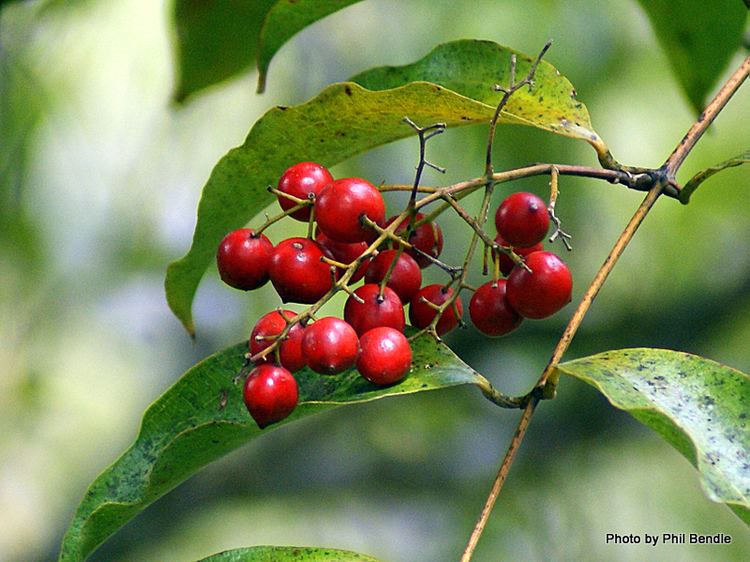
Supplejack is a climbing liana, that has hard but flexible stems. It starts its life as a sappy stem searching for a support. Once it finds a shrub or tree to cling onto, it grows upwards to access sunlight, where it then develops branches and leaves.
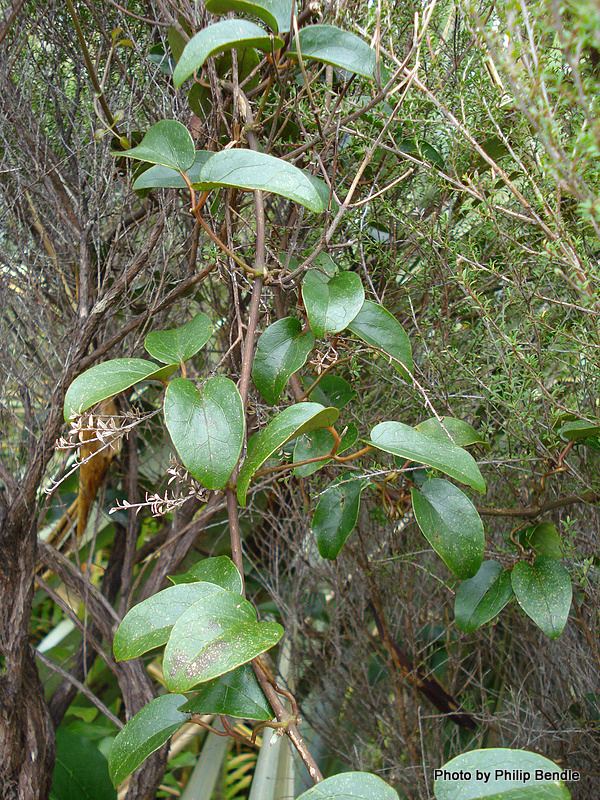
The Supplejack flowers from December to February. It however bears clusters of red berries throughout the year.
During summer supplejack tips grow 5 centimetres a day, enabling the plant to climb high up into the canopy of the forest.
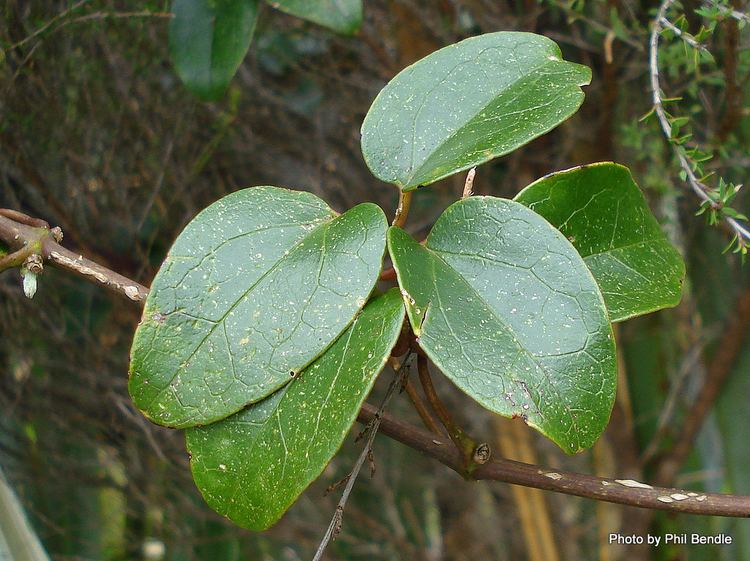
Taxonomy
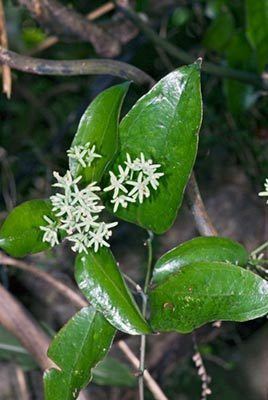
In 1769, during explorer Lieutenant James Cook's first voyage of discovery, botanists Joseph Banks and Daniel Solander collected specimens of "supplejack" (Ripogonum scandens) in New Zealand. The species was described in Solander's unpublished manuscript Primitiae Florae Novae Zelandiae and was illustrated by Sydney Parkinson. Cook again visited New Zealand in 1773 during his second voyage. While anchored at Dusky Bay (now Dusky Sound) in the South Island of New Zealand, he remarked in his journal:
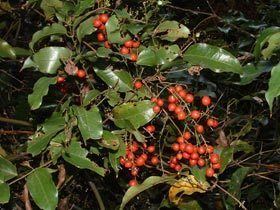
In many parts the woods are so over-run with supplejacks, that it is scarcely possible to force one's way amongst them. I have seen several which were fifty or sixty fathoms long.
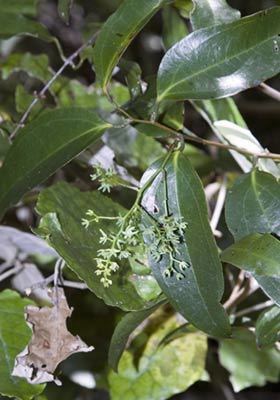
During this voyage naturalist Johann Reinhold Forster, assisted by his son Georg Forster collected plant specimens, the elder Forster offering the following description in his journal:
A kind of climbing plant called the supple Jack by our Sailors, on account of its pliancy, bears red berries, something similar to cherries, & runs up the highest trees, climbs over to another, & after having made its way over many of them, it often comes again down & strikes fresh roots.
In 1776, the Fosters published the genus Ripogonum in the second edition of their Characteres Generum Plantarum with Ripogonum scandens as the type species.
Traditional Māori uses
Traditionally supplejack was used by Māori to bind and pull objects. For example, the vine was used to tie firewood together and for towing small canoes.
Medicinally the supplejack root was boiled to make a drink to help a variety of conditions including rheumatism, fever, disability, bowel problems and skin diseases. The soft, fresh shoots of the vine can also be eaten raw or cooked as a vegetable.
